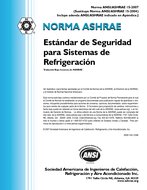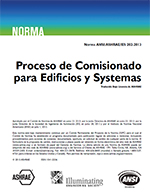Description
Click here to purchase
Heating, ventilation, and air-conditioning (HVAC) systems consume more than 40% of a building’s total energy use. Several strategies have been developed to decrease the energy consumption of HVAC systems. But few energy reduction strategies also impact indoor air quality (IAQ). Providing a risk-free indoor environment is crucial for the occupant’s comfort and safety, especially in the post-pandemic scenario. The CO2 concentration significantly impacts indoor air quality (IAQ) complaints and health symptoms in buildings, while ventilation levels are below the recommended rates. In a typical all-air HVAC system, a fraction of return air is recirculated into the space to reduce the system load. The recirculated air containing metabolic carbon dioxide (CO2) generated by the occupants is mixed with the outdoor air to dilute the CO2 concentration before being supplied into the conditioned space. This return air ratio plays a vital role in balancing the energy demand and providing acceptable IAQ. For spaces fitted with individual split AC systems without a fresh air duct option, 100% of the return air is recirculated into the conditioned space. The IAQ is highly affected in such space as it relies entirely on infiltration. There is a need to study methods to reduce energy demands while maintaining indoor air quality (IAQ) requirements. Computational Fluid Dynamics (CFD) simulation of indoor environments can help analyze different CO2 concentration reduction strategies, thus improving the HVAC design to provide a healthy, code-compliant indoor air quality. In this study, a CFD model is developed to compute the CO2 concentration at the supply considering the recirculation ratio of return air. The developed model estimates the optimum return air ratio that minimizes the energy cost of the system while maintaining acceptable IAQ.
Product Details
- Published:
- 2023
- Number of Pages:
- 9
- Units of Measure:
- Dual
- File Size:
- 1 file , 1.9 MB
- Product Code(s):
- D-AT-23-C069
- Note:
- This product is unavailable in Russia, Belarus




